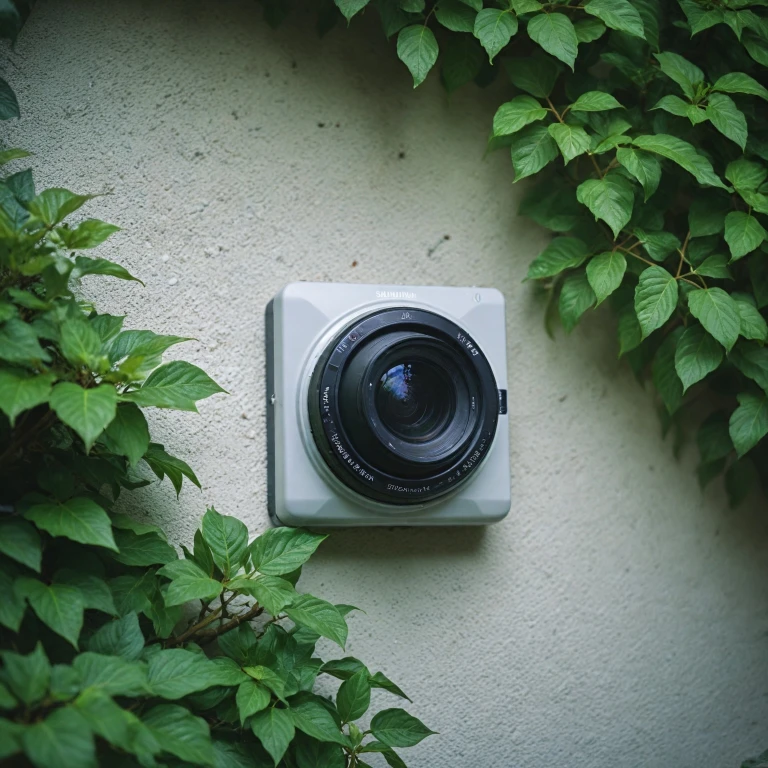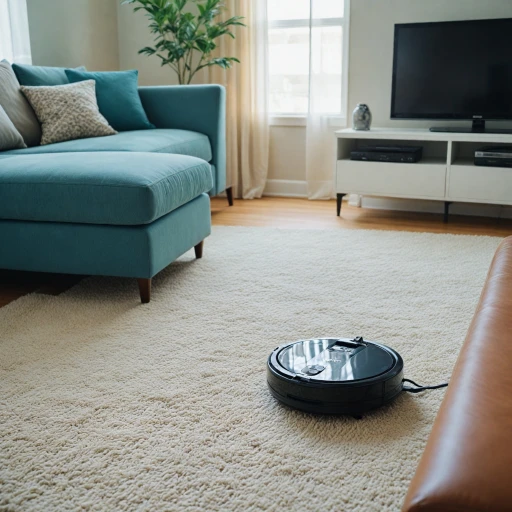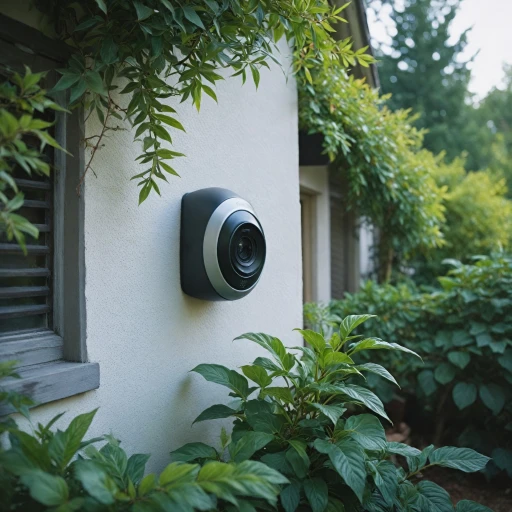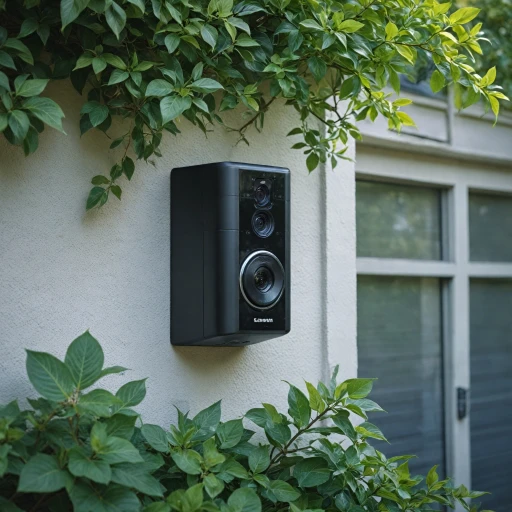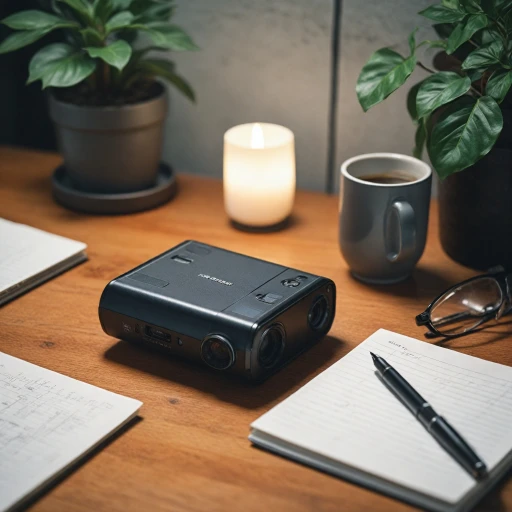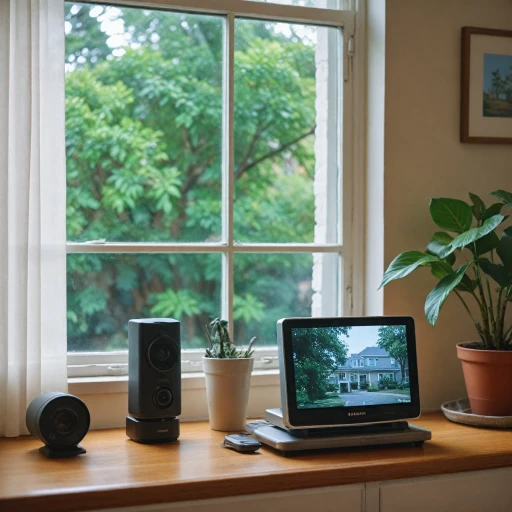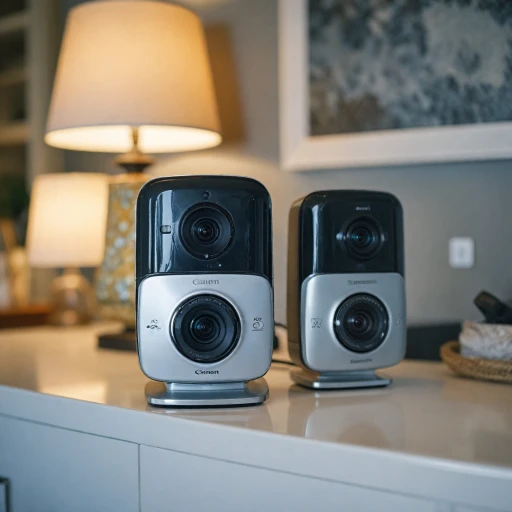
Factors Influencing Ring Camera Battery Life
Key Influencers on Battery Duration
The lifespan of your Ring camera battery largely depends on a variety of factors that can influence its longevity. Understanding these elements can assist users in optimizing their Ring camera battery lifespan and ensuring they get the most out of their investment. Here are some primary considerations:
- Motion Detection Activity: The more motion your security camera detects, the harder the battery works, reducing its life. Cameras in high-traffic areas tend to drain batteries faster compared to quieter spots.
- Video Recording and Streaming: Continuous video recording or live view sessions via the Ring app will consume more power. Activating these features less frequently can help prolong battery life.
- Environmental Conditions: Outdoor cameras are exposed to varying temperatures. Extremes in heat or cold can impact how long the battery lasts.
- Night Vision Usage: Cameras employing night vision use more energy to maintain clear visibility in low light, which can shorten the period between charges.
- Settings Configuration: Tweaking settings such as motion sensitivity, video quality, and notification frequency can extend battery time.
In addition to these aspects, the type of Ring device you are using, such as the stick cam or the spotlight cam, plays a significant role in determining how long your camera battery will last. Users are encouraged to explore alternative power sources like solar panels or consider different Ring models to suit their specific surveillance needs and preferences.
Maximizing Battery Performance
Optimizing Your Ring Camera's Battery Performance
When it comes to ensuring your Ring camera operates efficiently, maximizing battery performance is crucial. Here are some valuable tips to help you get the most out of your camera's battery life:
- Adjust Motion Settings: The camera's motion detection feature plays a significant role in battery consumption. Customize the motion sensitivity settings through the Ring app to balance responsiveness and battery economy.
- Use Battery Saving Modes: Engaging battery saver modes available on some Ring models can extend your cam battery life by altering video recording and alert frequency settings.
- Consider Night Vision Usage: While night vision is vital for all-around security, it can drain the battery faster. Limit its engagement when unnecessary or consider external lighting.
- Routine Charging Schedule: Regularly charge your Ring camera batteries, particularly if not using alternative power solutions like solar panels, ensuring a consistent performance over extended periods.
- Environmental Factors: Outdoor cameras are susceptible to extreme weather, which can affect battery performance. Place them in sheltered locations if possible, and monitor battery levels regularly through the Ring app.
Evaluating these strategies can prolong the battery life of your devices, particularly in energy-intensive models like the Ring spotlight cam. For more insights on effective battery choices, consider reading this comprehensive guide on 3V lithium batteries.
Comparing Battery Life Across Ring Models
Exploring the Battery Longevity Across Different Ring Models
When considering the battery life of different Ring cameras, it's imperative to understand the specific capabilities each model offers. Ring devices are designed to cater to varied security needs, and their battery longevity plays a crucial role in how efficiently they perform their functions. The Ring Stick Up Cam is a popular choice for users who require versatile placement, thanks to its adaptable design and rechargeable battery. Users typically find it convenient for both indoor and outdoor settings. The battery life usually lasts between 2 to 3 months on a single charge, which can vary depending on the frequency of motion detection activations. For those seeking a spotlight equipped option, the Ring Spotlight Cam may be ideal. This model includes both battery and wired configurations, allowing users to select based on their power preference. The battery-powered version typically lasts 6 to 12 months before needing a recharge, but this can fluctuate based on the level of motion activity and night vision usage. Video Doorbells from Ring, like the Ring Video Doorbell 3, often cater to users prioritizing door entry monitoring. Its battery performance generally aligns with its usage frequency, averaging several months depending on factors such as video streaming and the number of motion alerts. Ring places a strong emphasis on user-friendly power management which is supported by the Ring app. The app doesn’t just facilitate ease of battery monitoring but also integrates features like video recording and cloud storage access. To extend battery life further, certain models offer compatibility with solar panels as an alternative power solution, especially beneficial for outdoor security cameras that experience high usage. Users have shared positive reviews of integrating solar panels to minimize the frequency of manual charging. Overall, by choosing suitable models and employing strategies to optimize battery usage, users can enjoy extended battery life tailored to their specific security needs. For additional insights into enhancing home security with wireless systems, you can explore this comprehensive guide.Signs Your Ring Camera Battery Needs Replacement
Identifying When It's Time to Replace Your Ring Camera Battery
Understanding the signs that indicate the necessity for a battery replacement in your Ring camera can enhance its lifecycle and ensure consistent performance.- Frequent Charging: One of the primary indicators is the frequency with which you find yourself charging the battery. Most users experience a reasonable amount of time between charges, but if you notice the battery requiring a charge more often, it may be time for a replacement.
- Reduced Video Quality: If your recordings or live video feed start showing a decline in quality, this could be a sign of a depleted battery struggling to provide sufficient power.
- Inconsistent Performance: An aging battery can lead to inconsistent performance in features such as motion detection and night vision. These functions are critical for a security camera’s efficacy and can be hindered by a weakening power source.
- Battery Swelling: A more physical sign is the battery itself appearing swollen or damaged. Though this might not be common with lithium-ion batteries used in Ring devices, any physical damage is a red flag.
- App Alerts: The Ring app is designed to notify you of battery life changes. Pay attention to any alerts about a weakening charge, as they can be early indicators.
Alternative Power Solutions for Ring Cameras
Powering Your Ring Camera Beyond Batteries
For those who are seeking reliable power solutions for their Ring cameras beyond conventional batteries, several alternative options are available to ensure uninterrupted video security, both day and night. Depending on your specific requirements and the model of your Ring device, these alternatives can significantly extend the usability of your outdoor camera systems.
One effective solution is the use of solar panels, which can be connected to your camera to provide continuous power during daylight hours. This is especially beneficial for users with multiple cameras, such as the Ring Stick Up Cam or Spotlight Cam, as it reduces the frequency of manual charging and the need for replacement batteries.
If you're considering a wireless camera setup, integrating a solar panel can be a game-changer for the battery life of your device, minimizing the disruption caused by frequent recharging. The simplicity of this arrangement is particularly suited to areas with abundant sunlight, providing energy throughout the day and storing excess for night use.
Additionally, for users interested in maintaining a substantial power reserve, the use of external battery packs or charging stations could be a viable consideration. These external units can act as backup power sources, particularly for Ring cameras placed in high motion detection areas, where battery drain is typically more pronounced.
The decision to incorporate alternative power solutions may also be influenced by your camera’s specific functionalities. For instance, features such as night vision and motion detection could increase power consumption, prompting users to seek reliable ways to supplement or replace standard battery power.
Through these alternative power methodologies, users can maximize the operational lifespan of their security cameras, ensuring consistent protection against potential security threats.
User Experiences and Reviews
User Insights on Maintaining Efficient Ring Camera Performance
In tapping into the wealth of user experiences, several practical tips emerge about managing Ring camera battery life and longevity. Those who have consistently utilized Ring models often share insights into optimizing their security setups:- Proactive Charging: Users note the importance of regularly checking battery levels through the Ring app. This helps to avoid unexpected downtimes, particularly in high-traffic areas where motion detection is frequent.
- Strategic Camera Placement: Feedback suggests placing cameras in locations with minimal continuous motion. By doing so, the battery's energy is preserved, extending the duration of use between charges.
- Power Source Alternatives: Some users have turned to solar panels with positive remarks, especially when using outdoor security cameras like the ring spotlight cam. These solar-powered setups help reduce reliance on constant charging, providing a sustainable power solution.
- Adjusting Settings for Longevity: Another common suggestion is to modify settings. By optimizing the motion detection sensitivity and motion zones, users have reported longer battery life. This adjustment minimizes unnecessary camera activation, thereby conserving energy.
- Regular Firmware Updates: Keeping the Ring app and device firmware updated is also a frequently mentioned step. Users emphasize that updates often include enhancements that optimize battery performance.

